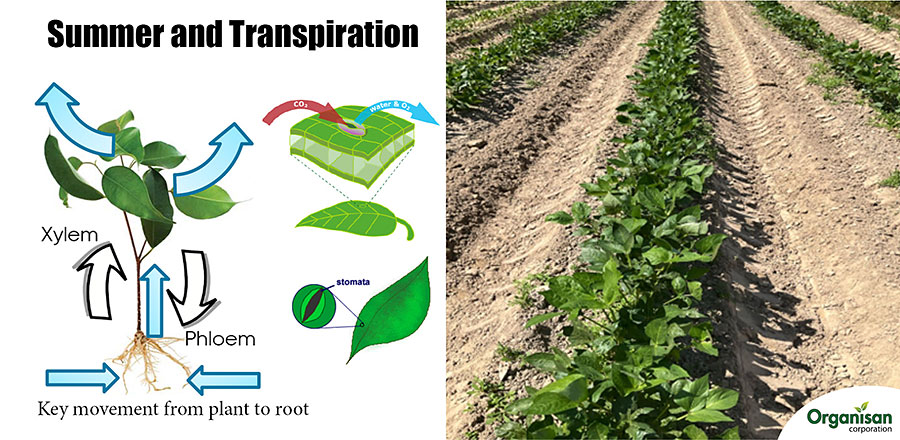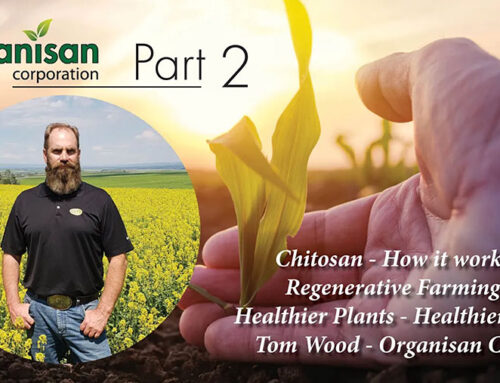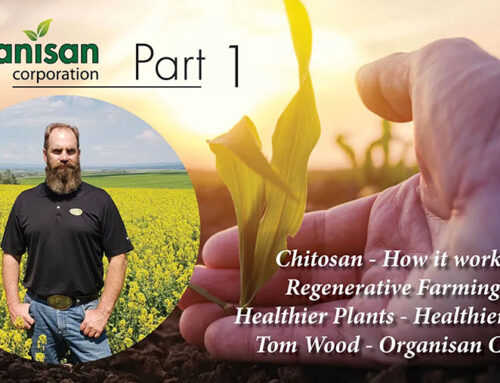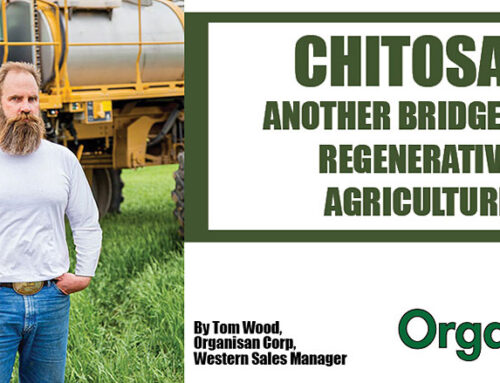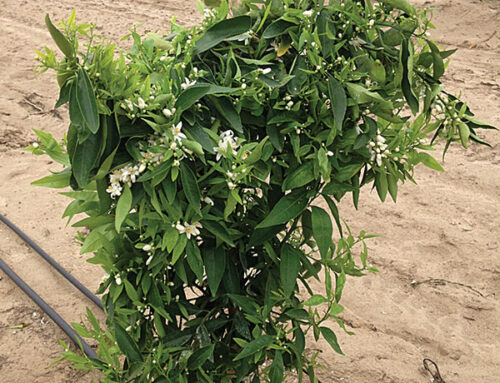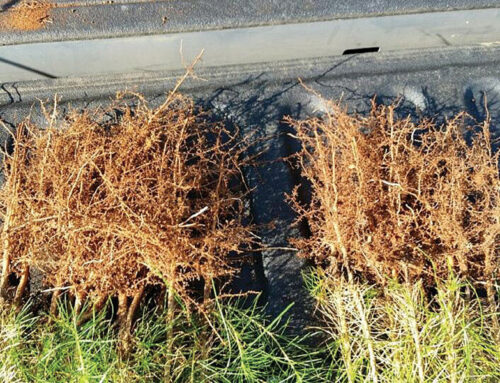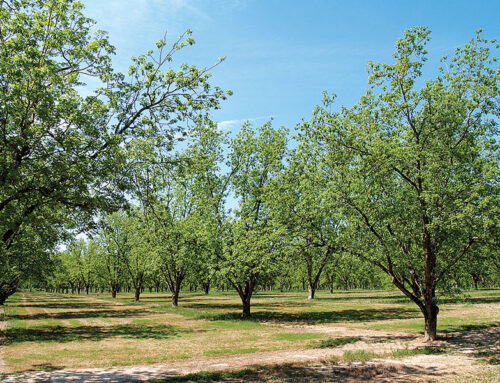Whew! It’s been hot in the south and I am trying to keep hydrated myself. When we think of our gardens or crops, we know they need hydration especially when we have no rain. But there is good news for those of us that have been using Chitosan products in our production practices.
Plants loose water through a process known as transpiration. Which is defined as the physiological loss of water in the form of water vapor from the plant surface. As we all know water is important for plant life but only a small amount of water is taken up by the roots for growth. The remaining 95% plus is lost by transpiration.
With the use of O2YS we can decrease the loss of water and therefore retaining a healthier plant in the heat of the summer. The beans in the below pic have been treated with O2YS since planting and sprayed every 2 weeks over the top with a 2% solution of Chitosan for general plant health. Chitosan produces physiological changes within the plant, resulting is reduced transpiration and increased levels of photosynthesis making the plant healthier in the heat of the summer.
More details about Transpiration:
We know chitosan affects Transpiration. There is a stomatal response in 30-35 minutes. Our tests have concluded that using chitosan can reduce transpiration up to 50%. That important for every grower, but especially those in drought or water challenged regions or for anyone wanting to manage and conserve water resources.
How does it work?
Transpiration is the main process of water movement within plant tissues.
Water is constantly transpired from the plant through its stomata to the atmosphere and replaced by soil water taken up by the roots.
Transpiration assists the plant in absorbing nutrients from the soil as soluble salts.
Chitosan enters the leaf and induces closure of the plant’s stomata, resulting in decreased transpiration.
Carbon dioxide enters a plant, while water and oxygen exit through a leaf’s stomata.
Overall, allowing roots the opportunity to process anything that is put on them, creates an environment for better efficiency.
When our chitosan-based products are used in normal protocols, with all else being the same, the plants that have chitosan applications showed consistent results of:
Root Mass – roots are tighter, bigger, full, and longer in all areas of the root ball.
Chlorophyll – The intensity of the green color in the plant’s stems are extremely evident.
Stem Diameter – In side-by-side tests, producers noticed a significant overall diameter and fullness of the treated. It’s easy to see how the treated is getting proliferation of the stems as opposed to the untreated.
Overall Yield – Consistently larger and healthier than non-treated areas.
Submitted by S Flint/Mississippi

